The US Pheochromocytoma Market is characterized by a range of competitive players focusing on innovative treatments and advancements in diagnostic techniques to address this rare neuroendocrine tumor. As a challenging condition with specific therapeutic needs, this market presents opportunities for companies actively engaging in research and development, collaborations, and strategic partnerships. The competitive landscape is shaped by the demand for targeted therapies and a growing understanding of the disease, prompting key stakeholders to enhance their market presence and gain a competitive edge.
Additionally, patent expiries, the approval of generics, and the entry of new entrants intensify competition within the market, driving companies to strengthen their portfolios and increase the availability of effective treatment options for patients suffering from pheochromocytoma.
Bristol Myers Squibb
Bristol Myers Squibb stands out in the US Pheochromocytoma Market with its strong commitment to oncology and a portfolio that includes breakthrough treatments tailored for rare cancers. The company excels in developing drugs that target specific molecular pathways vital in the management of pheochromocytoma, allowing for personalized therapy approaches. Bristol Myers Squibb's extensive experience in navigating complex regulatory pathways and its robust clinical trial programs showcase its strength in bringing innovative therapies to the market. Moreover, strategic partnerships and collaborations with research institutions enhance its position in understanding the underlying mechanisms of pheochromocytoma, facilitating the discovery of new therapeutic candidates.
The company's focus on patient-centric solutions and commitment to improving outcomes demonstrates its strengths in addressing the needs of healthcare professionals and patients alike.
AstraZeneca
AstraZeneca plays a significant role in the US Pheochromocytoma Market by offering specialized therapies designed to improve patient outcomes in the treatment of neuroendocrine tumors. The company has established a solid market presence through its portfolio of key products that target critical pathways involved in tumor growth and development. AstraZeneca’s commitment to research and innovation is evident in its comprehensive pipeline, which focuses on advancing therapies for pheochromocytoma alongside related conditions. The company leverages its extensive resources to enhance its service offerings, making strides through strategic mergers and acquisitions that broaden its oncology capabilities.
By bolstering its product range, AstraZeneca positions itself as a formidable player in the market, dedicated to addressing unmet medical needs and improving the quality of life for patients with pheochromocytoma in the US.


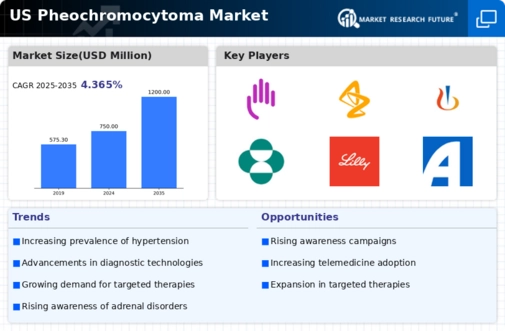

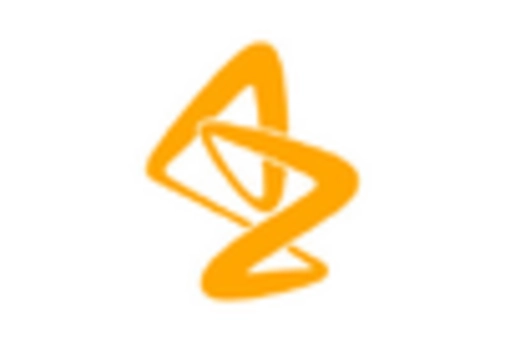

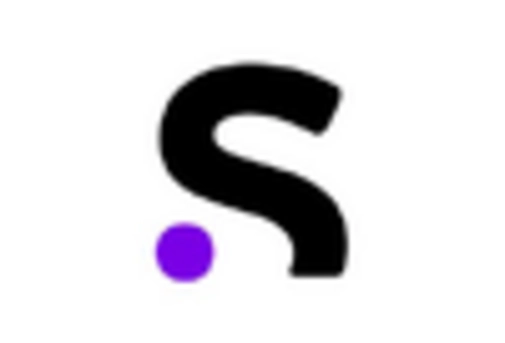

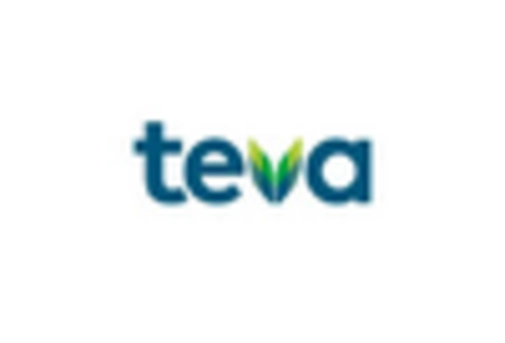

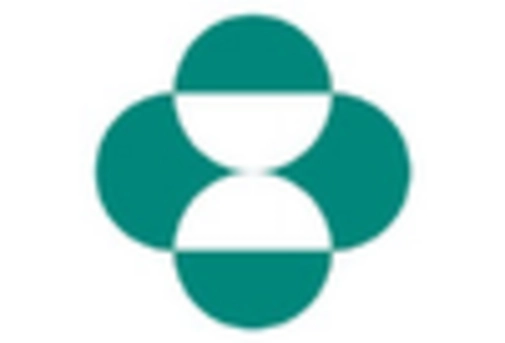
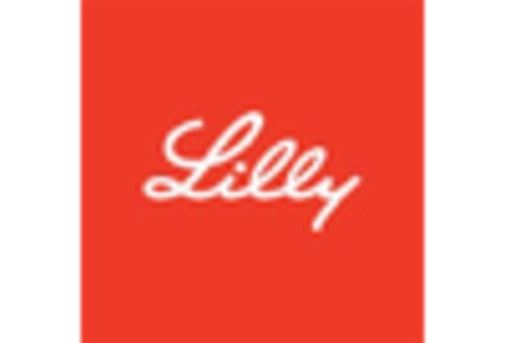

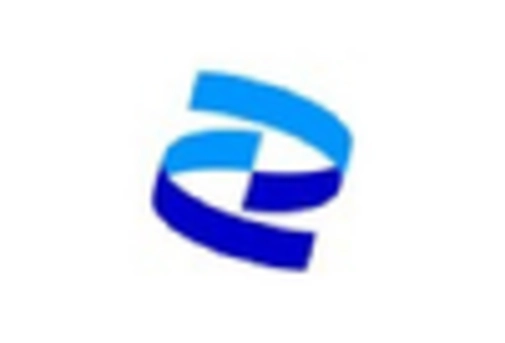
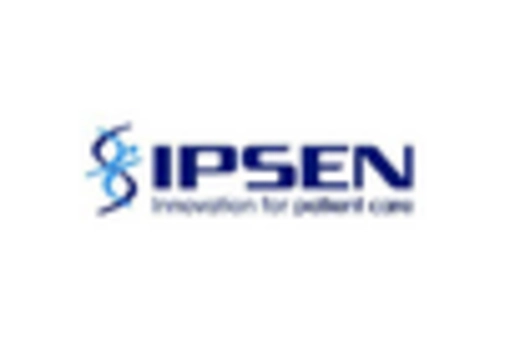








Leave a Comment